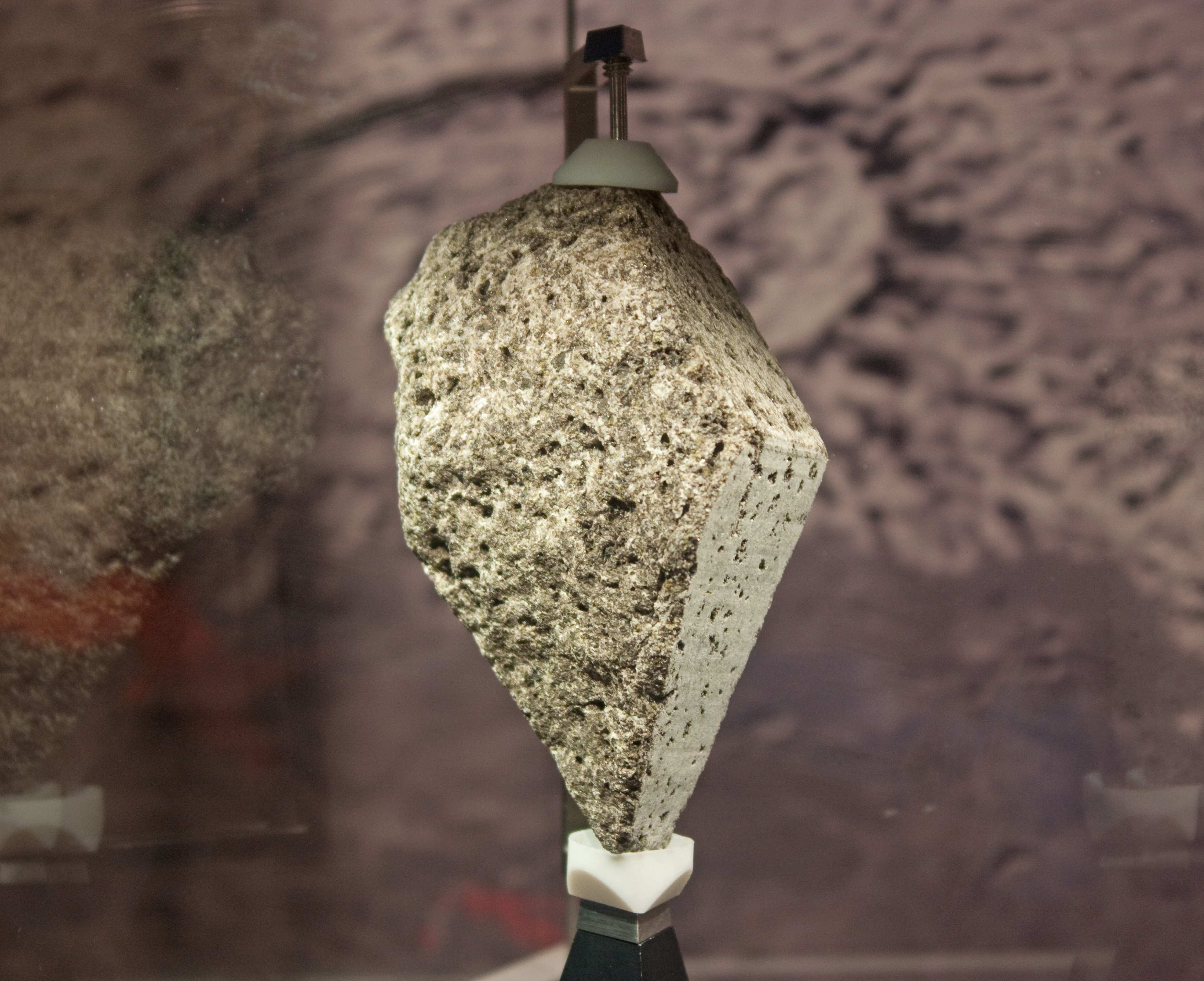Upper Imbrian on:
[Wikipedia]
[Google]
[Amazon]
The Imbrian is a lunar geologic period divided into two epochs, the Early and Late.
 In the
In the
Early Imbrian
In thelunar geologic timescale
The lunar geological timescale (or selenological timescale) divides the history of Earth's Moon into five generally recognized periods: the Copernican period, Copernican, Eratosthenian, Imbrian (Late Imbrian, Late and Early Imbrian, Early epochs), ...
, the Early Imbrian epoch occurred from 3,850 million years ago to about 3,800 million years ago. It overlaps the end of the Late Heavy Bombardment of the Inner Solar System. The impact that created the huge Mare Imbrium
Mare Imbrium (Latin ''imbrium'', the "Sea of Showers" or "Sea of Rains", "Sea of Tears") is a vast lava plain within the Imbrium Basin on the Moon and is one of the larger craters in the Solar System. The Imbrium Basin formed from the colli ...
basin occurred at the start of the epoch. The other large basins that dominate the lunar near side (such as Mare Crisium, Mare Tranquillitatis, Mare Serenitatis, and Mare Fecunditatis) were also formed in this period. These basins filled with basalt mostly during the subsequent Late Imbrian epoch. The Early Imbrian was preceded by the Nectarian
The Nectarian Period of the lunar geologic timescale runs from 3920 million years ago to 3850 million years ago. It is the period during which the Nectaris Basin and other major basins were formed by large impact events. Ejecta from Nectaris for ...
.
Late Imbrian
 In the
In the Lunar geologic timescale
The lunar geological timescale (or selenological timescale) divides the history of Earth's Moon into five generally recognized periods: the Copernican period, Copernican, Eratosthenian, Imbrian (Late Imbrian, Late and Early Imbrian, Early epochs), ...
, the Late Imbrian epoch occurred between 3800 million years ago to about 3200 million years ago. It was the epoch during which the mantle
A mantle is a piece of clothing, a type of cloak. Several other meanings are derived from that.
Mantle may refer to:
*Mantle (clothing), a cloak-like garment worn mainly by women as fashionable outerwear
**Mantle (vesture), an Eastern Orthodox ve ...
below the lunar basins partially melted and filled them with basalt. The melting is thought to have occurred because the impacts of the Early Imbrian thinned the overlying rock – either causing the mantle to rise because of the reduced pressure on it, bringing molten material closer to the surface, or the top melting as heat flowed upwards through the mantle because of reduced overlying thermal insulation. The majority of lunar samples returned to earth for study come from this epoch.
The Earth equivalent consists of half of the Archean eon.
Relationship to Earth's geologic time scale
Since little or no geological evidence on Earth exists from the time spanned by the Early and Late Imbrian epoch of the Moon, the Early and Late Imbrian has been used by at least one notable scientific work as an unofficial subdivision of the terrestrialHadean
The Hadean ( ) is a Eon (geology), geologic eon of History of Earth, Earth history preceding the Archean. On Earth, the Hadean began with the Formation of the Earth, planet's formation about 4.54 billion years ago (although the start of the H ...
eon.
See also
*References
*04 {{Moon-stub